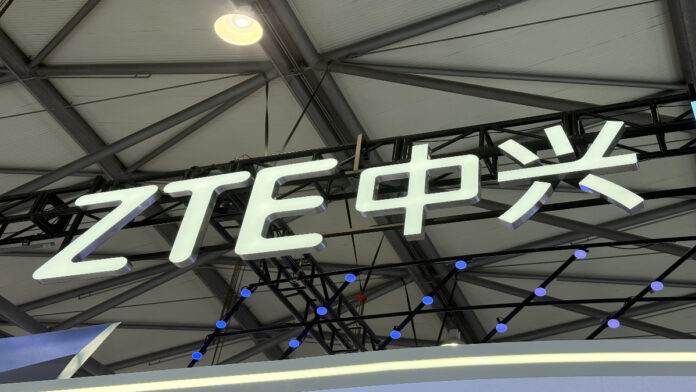ZTE is heavily investing in AI-native network architecture and high-efficiency computing
In sum – what to know:
AI-native networks – ZTE is redesigning telecom infrastructure with embedded intelligence, modular data centers and AI-driven energy systems to meet escalating AI compute demands.
Smarter models, better data – With advanced training methods and tools, ZTE is pushing the boundaries of model accuracy and real-world performance.
Edge-to-core deployment – ZTE is integrating AI across consumer, home and industry use cases, delivering over 100 applied solutions across 18 verticals under its “AI for All” strategy.
SHANGHAI — ZTE’s Chief Development Officer Cui Li outlined the vendor’s roadmap for building intelligent infrastructure and accelerating artificial intelligence (AI) adoption across industries during a keynote session at MWC Shanghai 2025.
During her speech, Cui highlighted the growing influence of large AI models and the critical role of foundational infrastructure. “No matter how AI technology evolves in the future, the focus will remain on efficient infrastructure, optimized algorithms and practical applications,” she said.
ZTE is heavily investing in AI-native network architecture and high-efficiency computing. “Every digital application — including AI — depends on efficient and green infrastructure,” said Cui.
The ZTE executive also detailed the company’s integrated approach across networks, computing and energy. The Chinese vendor is deploying modular, prefabricated data center units and AI-based power management, which she said reduce energy use and cooling loads by more than 10%. These developments are aimed at delivering flexible, sustainable capacity to meet growing AI demands, the executive said.
ZTE is also advancing “AI-native” networks that shift from traditional architectures to heterogeneous computing platforms, with embedded AI capabilities. This, Cui said, marks a shift from AI as a support tool to autonomous agents shaping operations.
Cui emphasized the role of high-quality, secure data and efficient algorithms in building more capable AI. “Data is like fertile ‘soil’. Its volume, purity and security decide how well AI as a plant can grow,” she said.
ZTE’s full-stack intelligent computing solutions are being applied across consumer devices, smart homes and industrial sectors. The company is integrating AI into smartphones, PCs, home networks and robots, aiming to create a seamless “perception-computing-interaction-execution” loop in home environments. In industrial use cases, its Nebula models have shortened production cycles and improved energy efficiency, with deployment across more than 100 projects in 18 verticals.
“In the network field, we are driving an architectural revolution with built-in intelligence. This takes network architecture from traditional dedicated hardware to heterogeneous computing platforms, achieving a shift from ‘cloud native’ to ‘AI native.’ That is more than just a boost in efficiency — it’s a transformation in roles,” the executive said. “We’re advancing the evolution of AI from being a mere copilot to an agent that can make decisions autonomously. By doing so, we aim to reshape network operations and service models, and unlock new business models for intelligent network applications,” she added.
During MWC Shanghai 2025, ZTE demonstrated a suite of products and solutions for radio access network. These advancements are designed to empower global operators in deploying 5G networks featuring full-band coverage, streamlined site deployment, premium user experiences and deep AI integration, the vendor said.
“Responding to surging uplink bandwidth demands from AI terminals, autonomous driving, and embodied intelligence applications, ZTE’s uplink 3-carrier aggregation (3CC CA) technology unlocks spectrum potential,” the vendor said in a release. During the event, ZTE and China Mobile demonstrated this solution on commercial mid-band, achieving uplink speeds exceeding 865Mbps.
“The deep convergence of mobile network and AI is pioneering new service paradigms. ZTE’s AIR RAN solution leverages heterogeneous computing, with the AIREngine — a BBU-embedded computing board — as its intelligent core. By integrating digital upgrades across antenna, transmission, and power systems, it transforms legacy RAN into an AI and RAN deeply integrated intelligent infrastructure,” the vendor added.

